Brief
Design an experience that helps Chatham House in communicating the importance of fighting misinformation.
Overview
"Misinformation" is a collaborative project that purposes to raise awareness of the importance of combating false information through the creation of a unique, interactive experience, among people aged between 15 - 25. The project focuses on the issue of misinformation surrounding vaccines in the healthcare and pharmaceutical industries, which has gained global attention due to its widespread impact during the recent pandemic.
Framework
Misinformation is a growing concern in a world in which the rise of social media has enabled misinformation to spread rapidly, leading to spread of conspiracy theories, fake news, and other forms of false information. This is particularly problematic in the midst of a global pandemic, where accurate information is crucial to combat the spread of disease.
My Role
I took on multiple roles, including research, project management, and facilitation. I conducted extensive secondary and primary research to gain a comprehensive understanding of the topic and its impact on society. I also facilitated workshops and managed resources for the trial and final exhibitions, ensuring the successful execution of the project.
Partners
Applied Works
Chatham House
MA UX, UAL
Duration
5 weeks
Team
Effy Liu
Jacob Tomes
Mita Chavan
Vicky Sun
Methodology
Interviews
Observations
Brainstorm
User Persona
Literature Review
Role-play
Prototype
Storyboard
Facilitation
Outcome
The final outcome was a tangible and playful experience that aimed at externalising the digital reality of information networks and explored their complex interplay, both within systems and among peers.
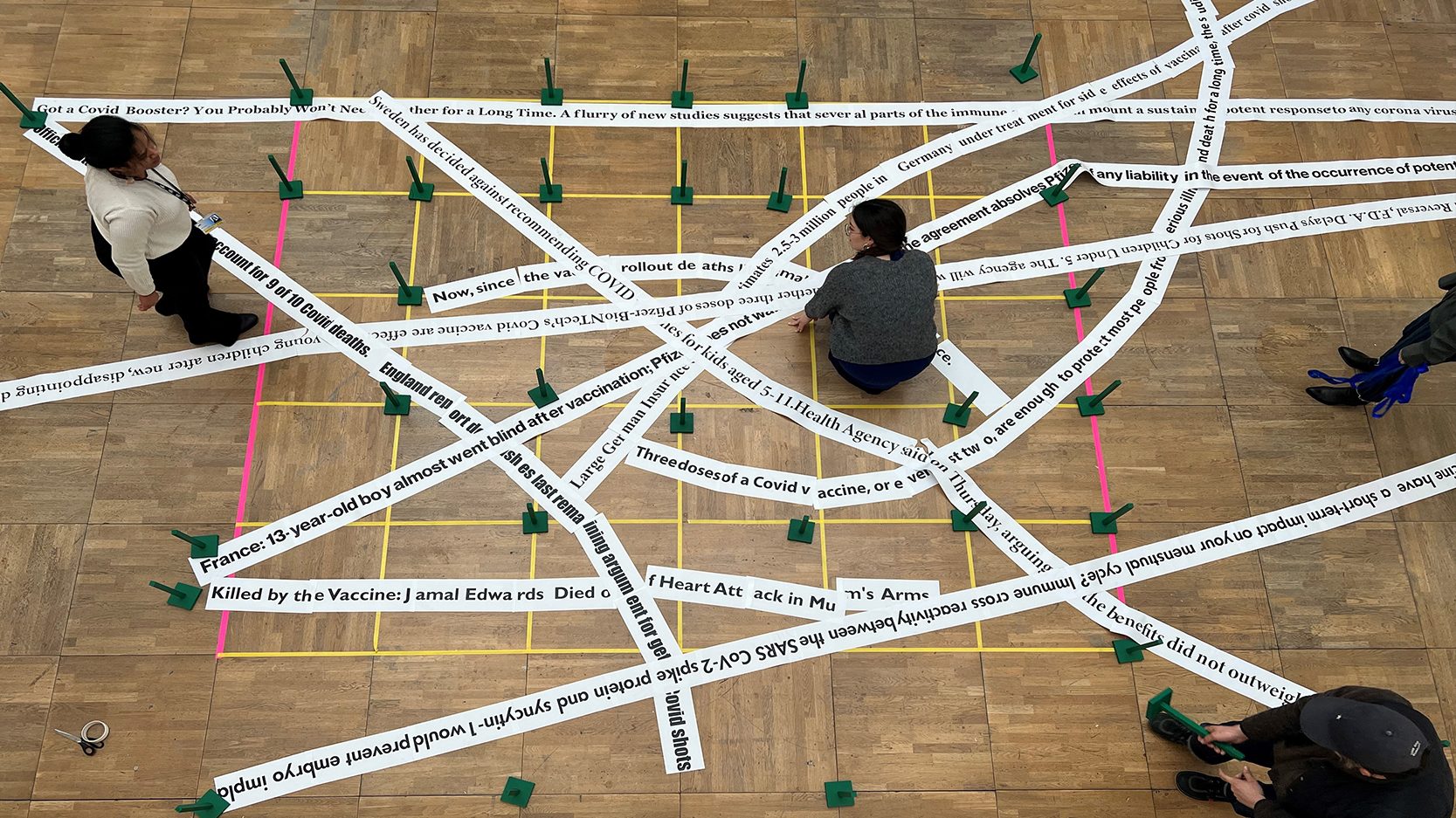
Exploratory Research
In the initial stages of research, non-structured interviews and observations were conducted.
During the interviews, participants were asked about their sources of information and how they approach checking the accuracy of that information. Additionally, they were asked about their level of trust in traditional media sources and what tools they use to fact-check information.
The observations were used to gather information about the participant's environment and how they interact with information and media. The observations also provided insights into the participant's behaviors and attitudes towards information and how they use it in their daily lives.
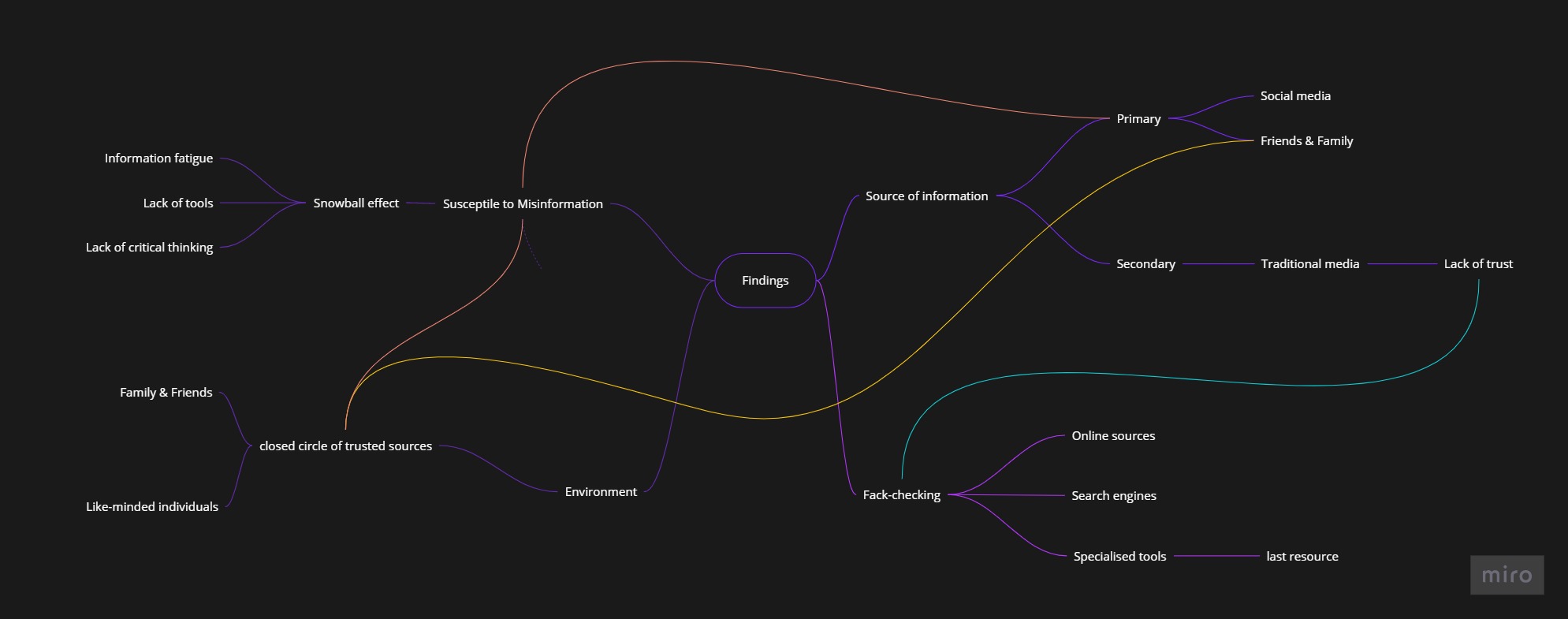
Fig. 1 : Visualitation of the Interviews and obervations findings.
Brainstorm
A brainstorming session was conducted to analyze the various channels of information distribution and access points for our audience. This process helped us visualize the interconnected system, including people, physical environment, and digital media, through which information is constantly reshaped due to its subjective nature. By understanding the different components and their influence, we aimed to gain a deeper understanding of the ways in which misinformation spreads.

Fig. 2 : Mindmap exploring information distribution and access points in Healthcare.
Fact-checking Flowchart
A fact-checking flowchart was designed to visually understand the steps and decision-making process required to evaluate the accuracy of information encountered.
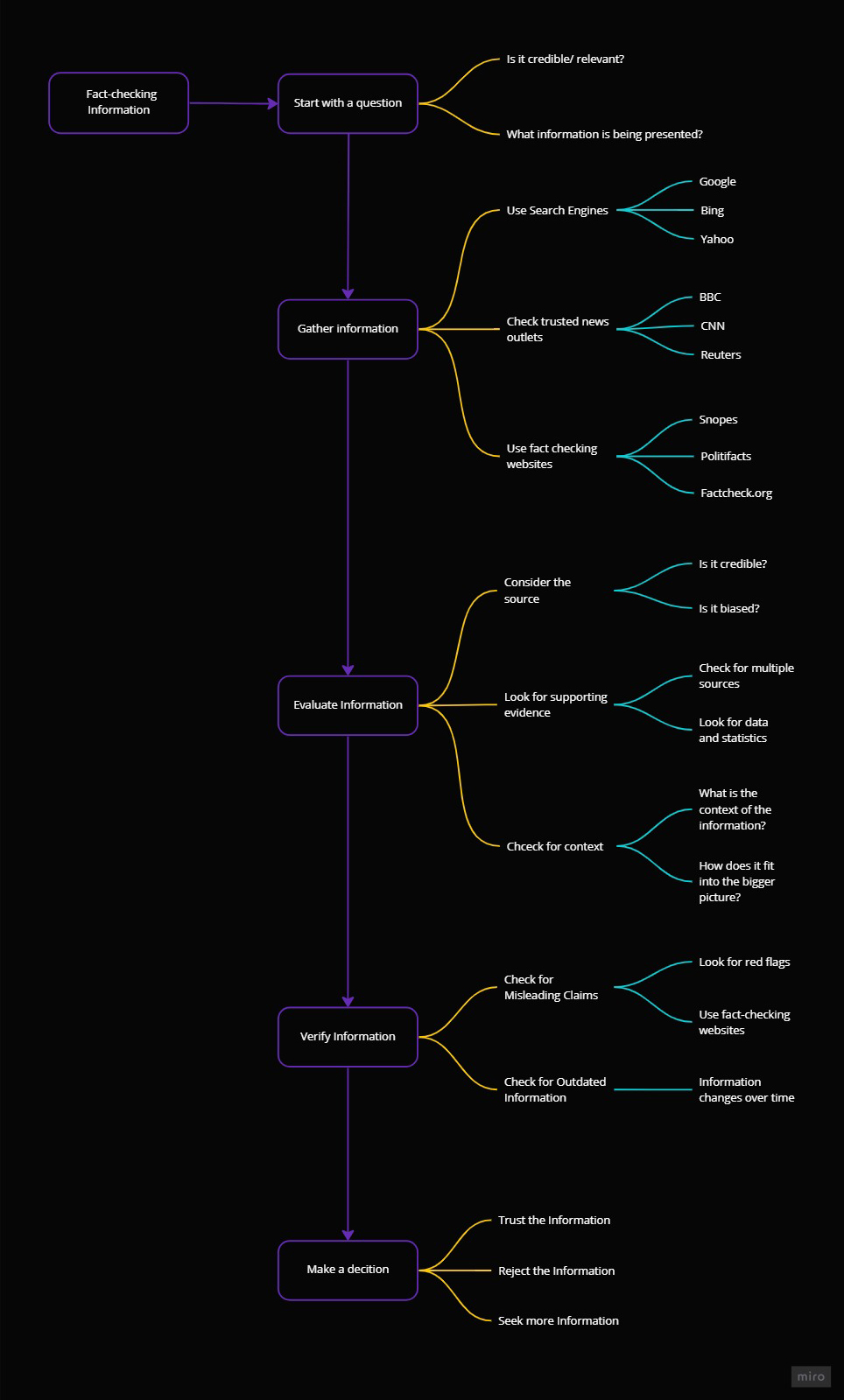
Fig. 3: Fact-checking flowchart
Fig. 4 : Fact-checking flowchart.
Future Directions
The flowchart could be served as a tool for individuals to critically assess information and promote informed decision making.
User Persona
By creating detailed profiles of individuals aged between 15 and 25 living in the UK, we were able to gain a deeper understanding of the target audience and their information-seeking behaviors and we were able to tailor the design solution to meet their needs and address their pain points in navigating accurate information online and offline.

Fig. 4: Visualisation of User Persona profiles.
Literature Review
The literature review was carried out to gain a comprehensive understanding of the mechanisms underlying misinformation in the healthcare sector. A thorough review of existing studies, articles, and research papers was conducted to identify the key factors that contribute to the spread of misinformation.
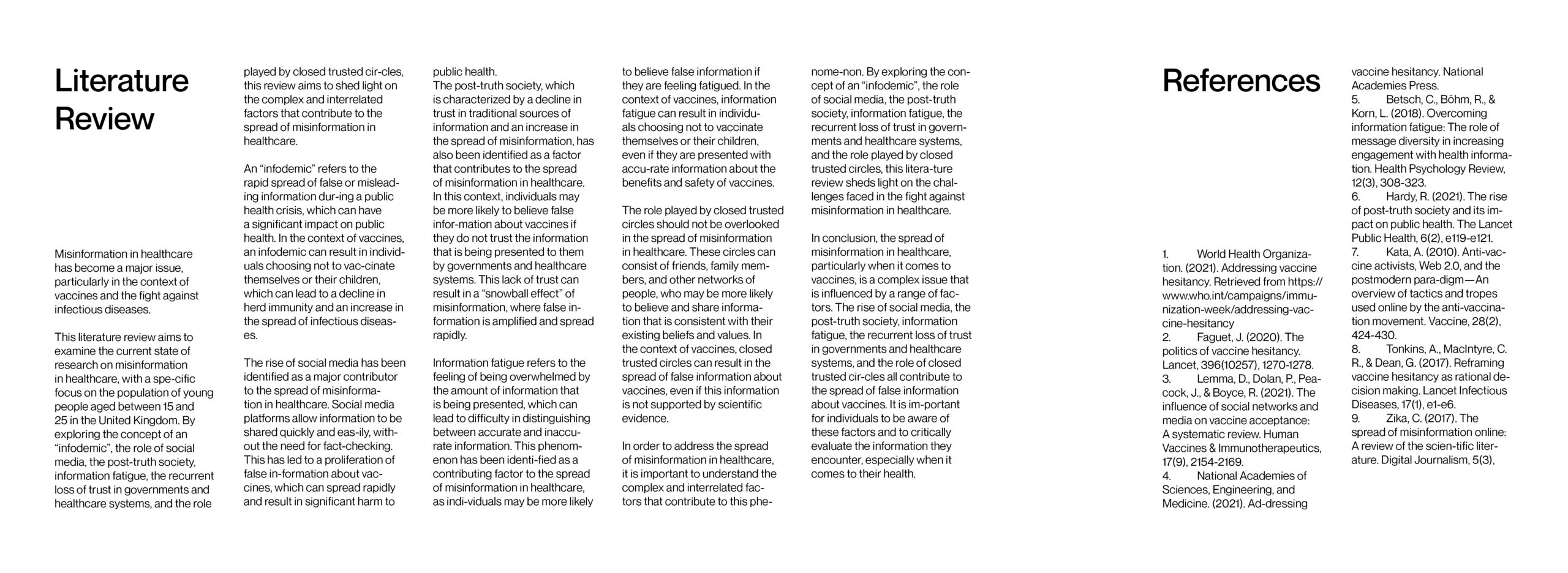
Fig. 5 : Literature review on misinformation in Healthcare.
Inspiration

Fig. 6 : Bandernatch game flowchart.
Bandernatch
Inspiration was drawn from the popular video game, "Bandernatch,". The reason being its interactive and engaging gameplay, which emphasizes critical thinking and decision-making skills. The game's flowchart-like structure, allowing players to navigate and make informed decisions based on the information presented, was also found to be noteworthy."

Fig. 7 : Metahaven, The Sprawl's web page.
Metahaven
Metahaven, a design and research studio, served as an inspiration for the project due to their distinctive and imaginative approach to design and communication. Their emphasis on the convergence of design, technology, and politics and the goal of creating design solutions that challenge established power structures and encourage new thinking and action was particularly fascinating and relevant.
Ideation
A mind map was created to visualize and organize our design ideas as it allowed us to clearly see all our options. We eventually decided to pursue the tree of misinformation design, as it offered a visually appealing representation of how information can branch out and grow in complexity, reflecting the real-life network of information and allowing individuals to engage with the information and make informed decisions.

Fig. 8 : Design outcome's mindmap.
Design Synthesis
A design synthesis was performed in the form of a mindmap to identify the key characteristics of a design solution. It focused on defining the type of experience, mode of execution, environment, and purpose of the solution. Through this process, a comprehensive understanding of the desired design outcome was established, serving as a foundation for further development of the project.
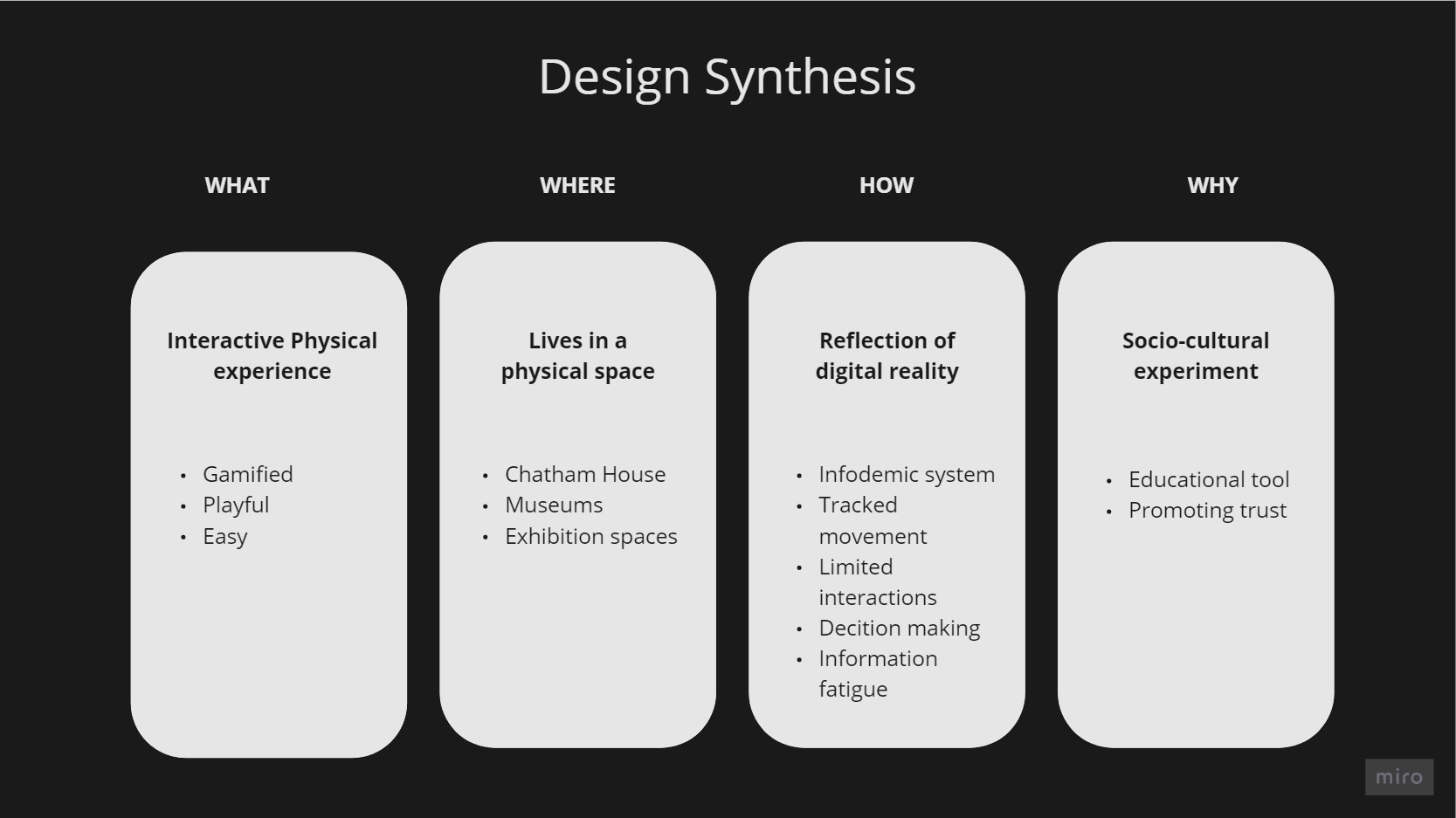
Fig. 9 : Visualisation of Design Synthesis.
Design Mock up
We designed an interactive experience for individuals to navigate through information and make decisions, via a series of prompts. The initial concept of a maze was revised to a branching tree of a person's thought process, based on options such as "agree," "disagree," and "not sure."
Participants walked through the dome of misinformation, potentially seeking guidance from various sources, including media, experts, family, and friends. The experience aimed to make participants reflect on their trust in vaccines and the current situation of mistrust in the topic
- The binary aspect of the experience was challenged, emphasizing the intricacy and interconnection of truth and reality, much like the information network.
- The spatial aspect of the experience received positive feedback, with suggestions to emphasize its depth and encourage multiple concurrent users for a more impactful "conversation-stimulating" experience.
- The feedback also emphasized the need to focus on the most effective design medium and suggested refining the research and insights gained thus far.
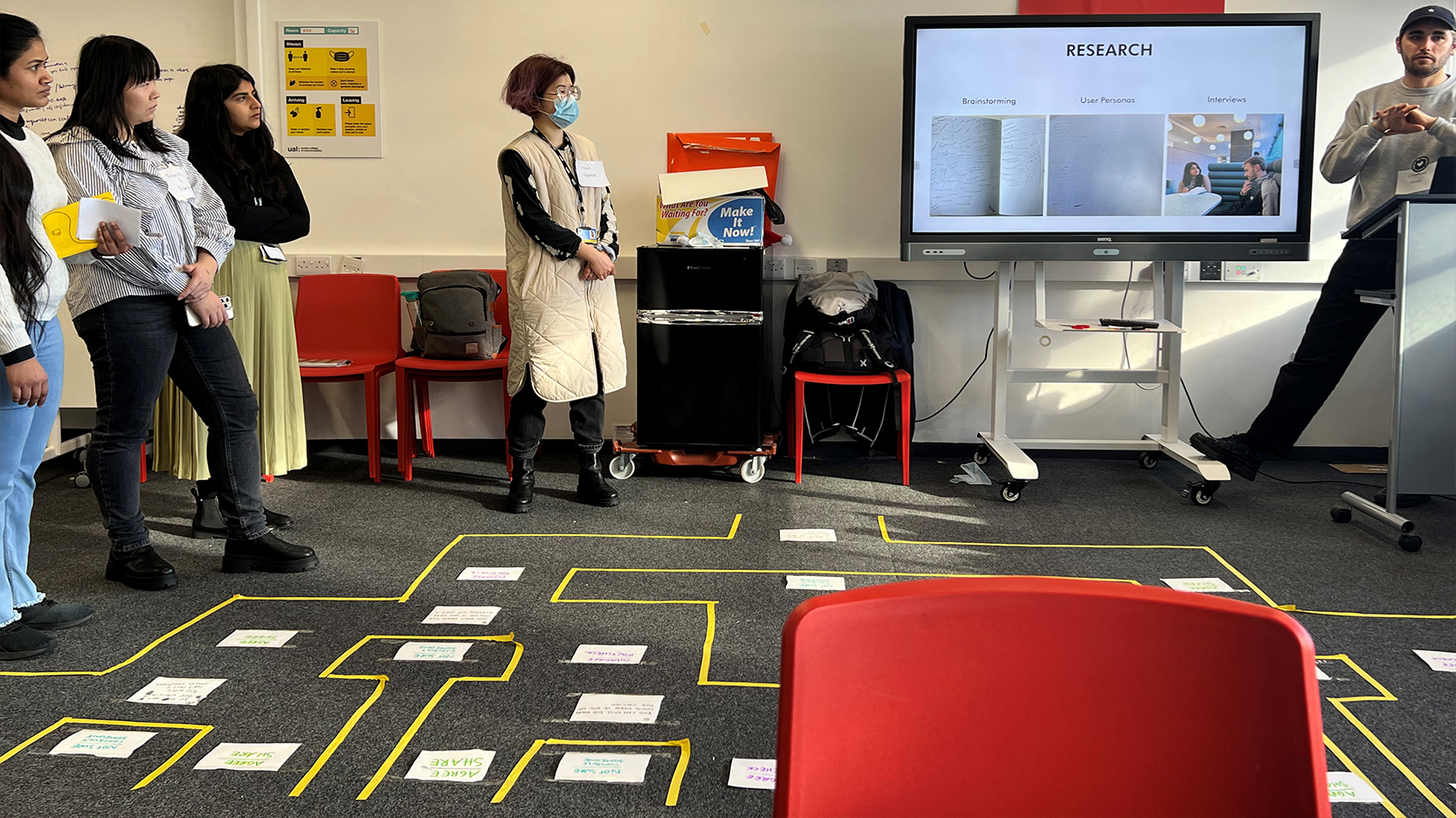
Fig. 10: Tree of misinformation design's low fidelity execution.
Medium exploration
As a team, we embarked on a material exploration journey and focused on working with air dry clay and thread as potential design mediums for the design outcome.
After experimenting with both materials, we found that thread was the most suitable for our design concept, due to its accessibility, familiarity, playfulness, and adaptability. We decided to utilize thread to track movements on both micro and macro scales in combination with paper, allowing us to visually represent the network of misinformation and its impact on decision making.

Fig. 11: Group exploration of airdry clay and thread.
Clickbait Study
The clickbait study method was used to understand the behaviors of the target audience, as it involves using attention-grabbing headlines or tactics to measure audience engagement and behavior towards a particular topic or issue.
This was a unique approach as it transferred the digital marketing concept of clickbait into a physical experiment. The method involved creating sensational headlines related to healthcare on toilet paper rolls and observing how people respond to certain types of information and to determine their willingness to click on or engage with it.
Learnings:
- The use of an unusual medium, such as toilet roll, was effective in grabbing people's attention and making them engage with the information provided.
- The linear format of the headlines displayed on the toilet roll, containing a singular flow of information, which was observed to be initially effective in maintaining people's attention, led to a decrease in interest around the halfway point of the headline.
- This experiment provided valuable insights into the physical disposition of the final experiment and the type of content that would be effective in capturing and maintaining people's attention, along with being engaging and educational.
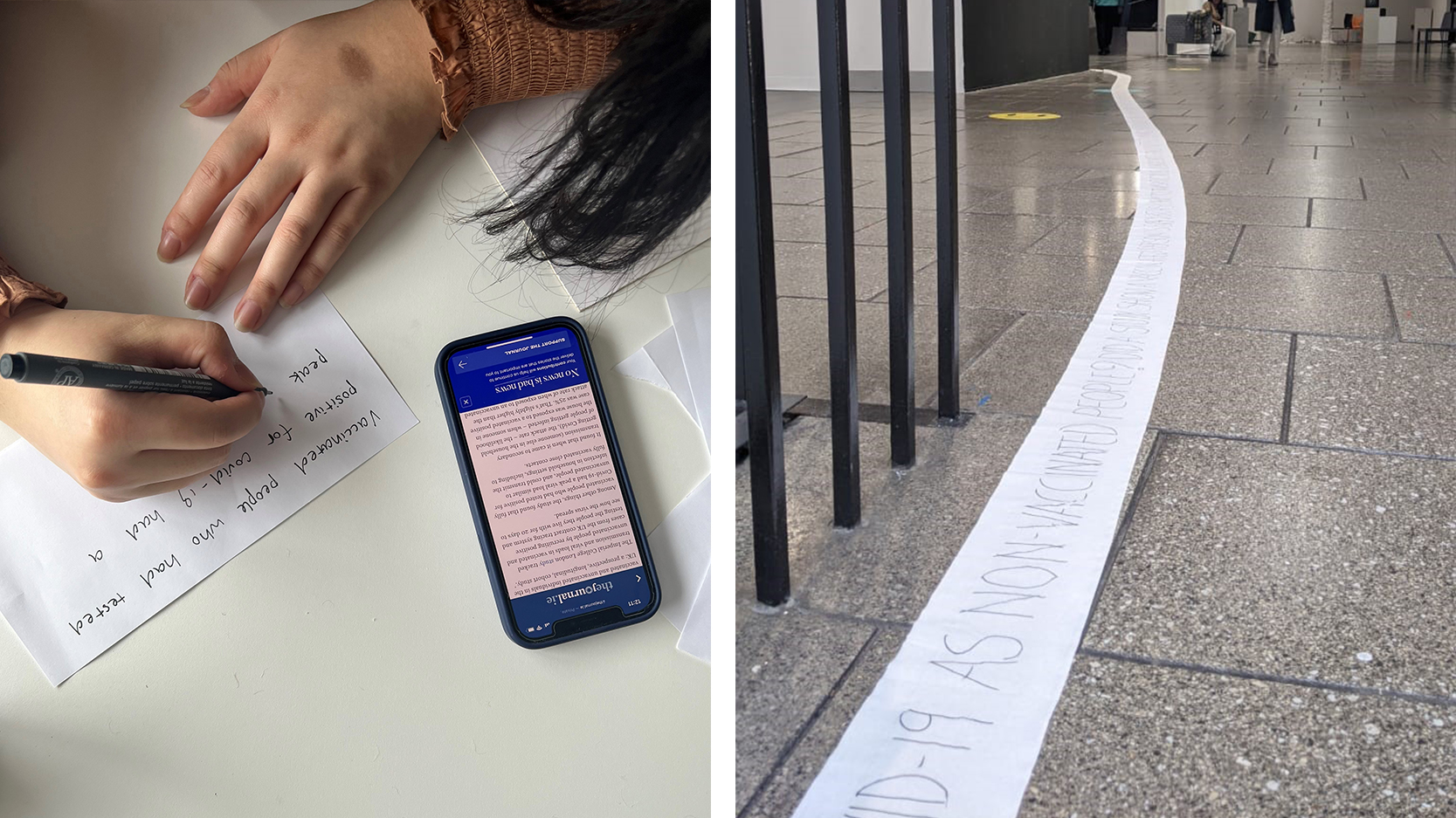
Fig. 12 : Showcasing clickbait study's sensational news search and final look.
Role-play
Before the prototyping stage, we conducted a low-fidely role-play testing using toilet paper to understand the disposition of headlines, navigation tools and movements of the participants around the space.

Fig. 13 : Testing information network layout.
Storyboard
The storyboarding method was employed to visualize the final experience in low fidelity, allowing for the physical arrangement and interactions within the network to be defined and refined. The process facilitated a more concrete understanding of the user journey and interaction flow, offering a powerful tool for shaping the user experience.
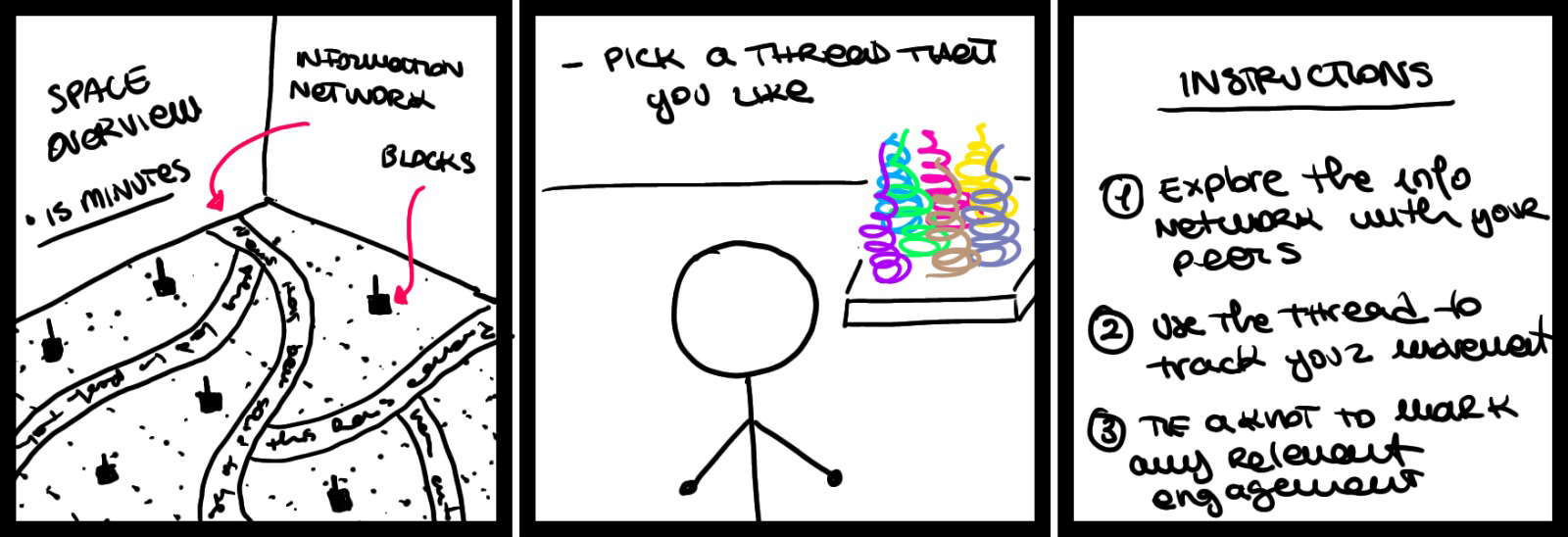
Fig. 14: Storyboard of the final experience.
Key directions
1. Change the network layout from circular to less structured
2. Design has to be dynamic, allowing for more spontaneous movements and interactions.
3. Prototype news headlines and create a chaotic but coherent structure
Prototype
Small blocks were later developed to define the perimeter of the experiment and serve as pinning points for the participant's journey through thread. The final testing resulted in a shift from a structured circular design to a less organized, chaotic format. The objective was to mirror the intricate essence of the information network and the disorder that may result from it.
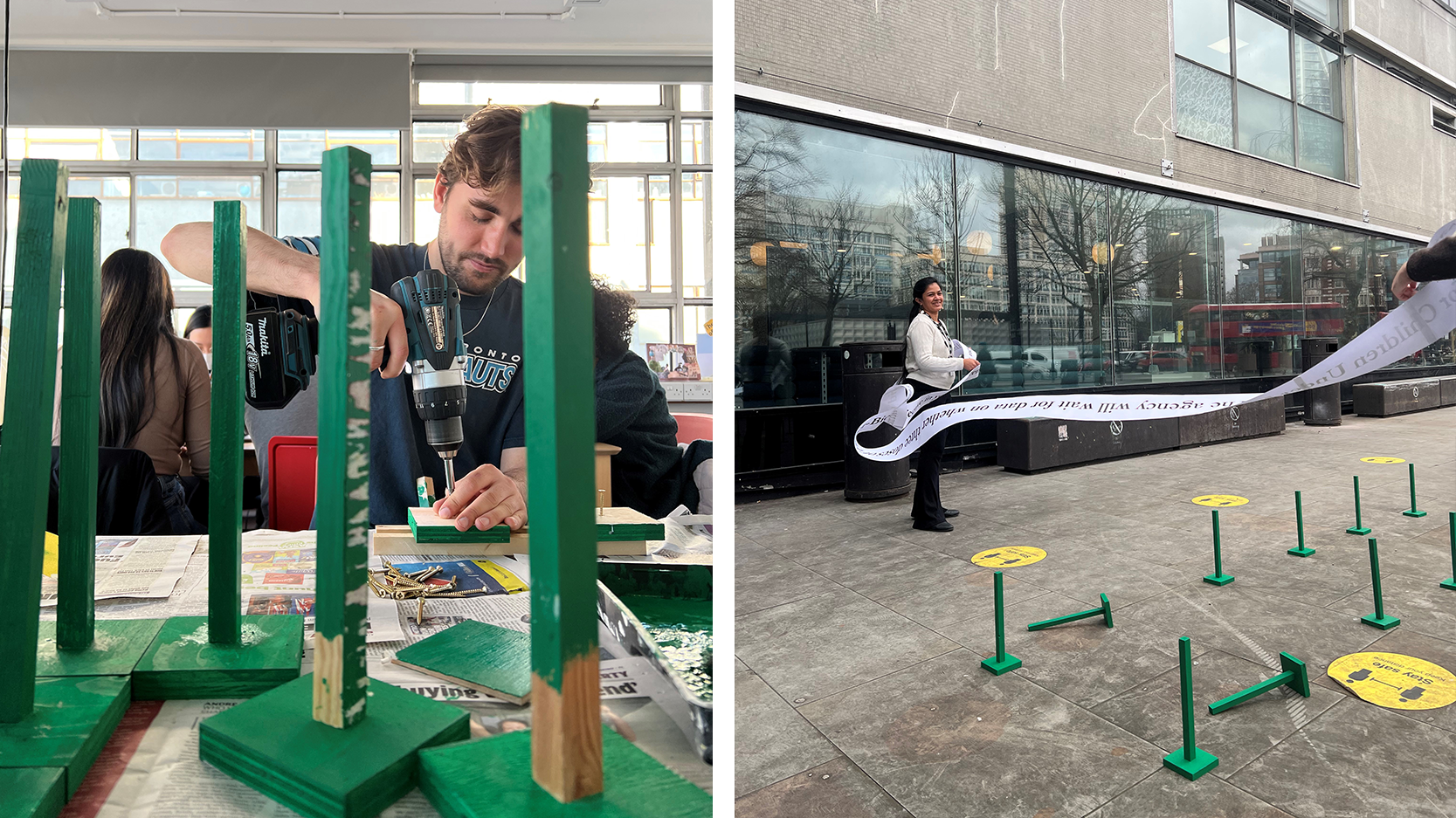
Fig. 15: Prototyping and testing wooden blocks.
Outcome
The final design for the misinformation around vaccines project was a 15-minute, physical and interactive experience held in a gallery at LCC.
Participants, who fit the target audience, were assigned a unique fabric piece to track their movements, interactions, and engagements in the information network. They were free to move and tie knots around blocks to indicate their engagement with the information they encountered.
The aim was to experience and visualise the spread of information and misinformation and the complex interplay between networks, relying solely on the people present within the network to fact-check information.


Fig. 16 : Information network layout viewed from top during the Final event, participants movements and interactions during the final event.
Learnings
Through my work on the Misinformation project, I have learned the importance of collaboration and effective communication in achieving a shared vision. Working with a diverse team of experts allowed me to gain a deeper understanding of the complex issue and create a solution that was grounded in research and user feedback.
Future Applications
The outcome could also be enhanced with VR components that display the information network and additional resources for fact-checking, making it even more impactful informative experience in raising awareness around the topic.
Moreover, the project's design and research process can be used as a model for addressing similar complex issues. Additionally, the final exhibition and trial can be expanded and adapted for different contexts to raise awareness and encourage critical thinking about information consumption.
Brief
Design an experience that helps Chatham House in communicating the importance of fighting misinformation.
Duration
5 weeks
Partners
Applied Works
Chatham House
MA UX, UAL
Overview
"Misinformation" is a collaborative project that purposes to raise awareness of the importance of combating false information through the creation of a unique, interactive experience, among people aged between 15 - 25. The project focuses on the issue of misinformation surrounding vaccines in the healthcare and pharmaceutical industries, which has gained global attention due to its widespread impact during the recent pandemic.
Framework
Misinformation is a growing concern in a world in which the rise of social media has enabled misinformation to spread rapidly, leading to spread of conspiracy theories, fake news, and other forms of false information. This is particularly problematic in the midst of a global pandemic, where accurate information is crucial to combat the spread of disease.
My Role
I took on multiple roles, including research, project management, and facilitation. I conducted extensive secondary and primary research to gain a comprehensive understanding of the topic and its impact on society. I also facilitated workshops and managed resources for the trial and final exhibitions, ensuring the successful execution of the project.
Outcome
The final outcome was a tangible and playful experience that aimed at externalising the digital reality of information networks and explored their complex interplay, both within systems and among peers.

Methodology
Interviews
Observations
Brainstorm
User Persona
Literature Review
Role-play
Prototype
Storyboard
Facilitation
Team
Effy Liu
Jacob Tomes
Mita Chavan
Vicky Sun
Exploratory Research
In the initial stages of research, non-structured interviews and observations were conducted.
During the interviews, participants were asked about their sources of information and how they approach checking the accuracy of that information. Additionally, they were asked about their level of trust in traditional media sources and what tools they use to fact-check information.
The observations were used to gather information about the participant's environment and how they interact with information and media. The observations also provided insights into the participant's behaviors and attitudes towards information and how they use it in their daily lives.

Fig. 1 : Visualitation of the AEIOU Research, conducted in Tooting, Uk.
Brainstorm
A brainstorming session was conducted to analyze the various channels of information distribution and access points for our audience. This process helped us visualize the interconnected system, including people, physical environment, and digital media, through which information is constantly reshaped due to its subjective nature. By understanding the different components and their influence, we aimed to gain a deeper understanding of the ways in which misinformation spreads.

Fig. 2 : Mindmap exploring information distribution and access points in Healthcare.
Fact-checking flowchart
A fact-checking flowchart was designed to visually understand the steps and decision-making process required to evaluate the accuracy of information encountered.

Fig. 4 : Fact-checking flowchart.
Future directions
The flowchart could be served as a tool for individuals to critically assess information and promote informed decision making.
User Persona
By creating detailed profiles of individuals aged between 15 and 25 living in the UK, we were able to gain a deeper understanding of the target audience and their information-seeking behaviors and we were able to tailor the design solution to meet their needs and address their pain points in navigating accurate information online and offline.
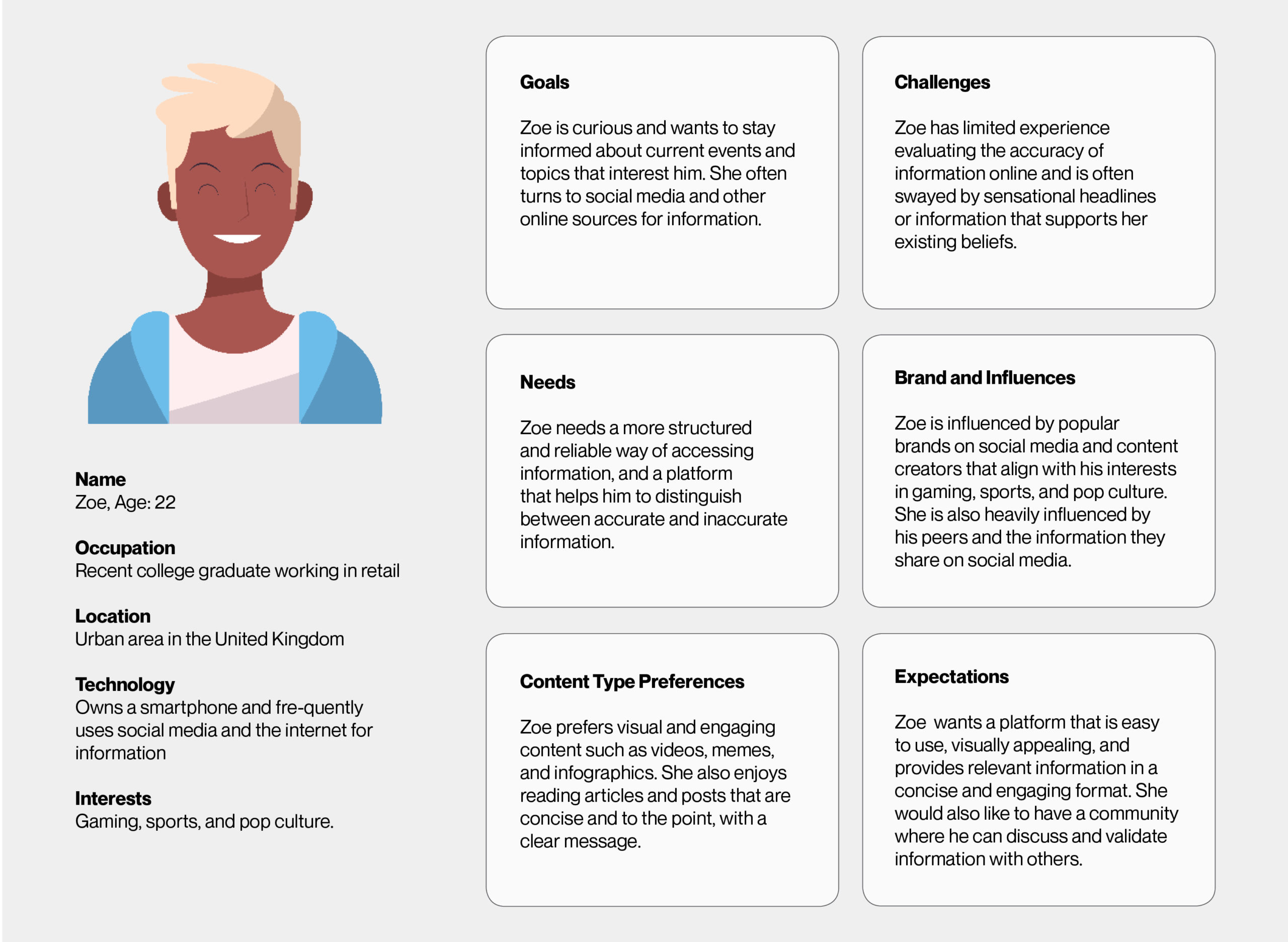
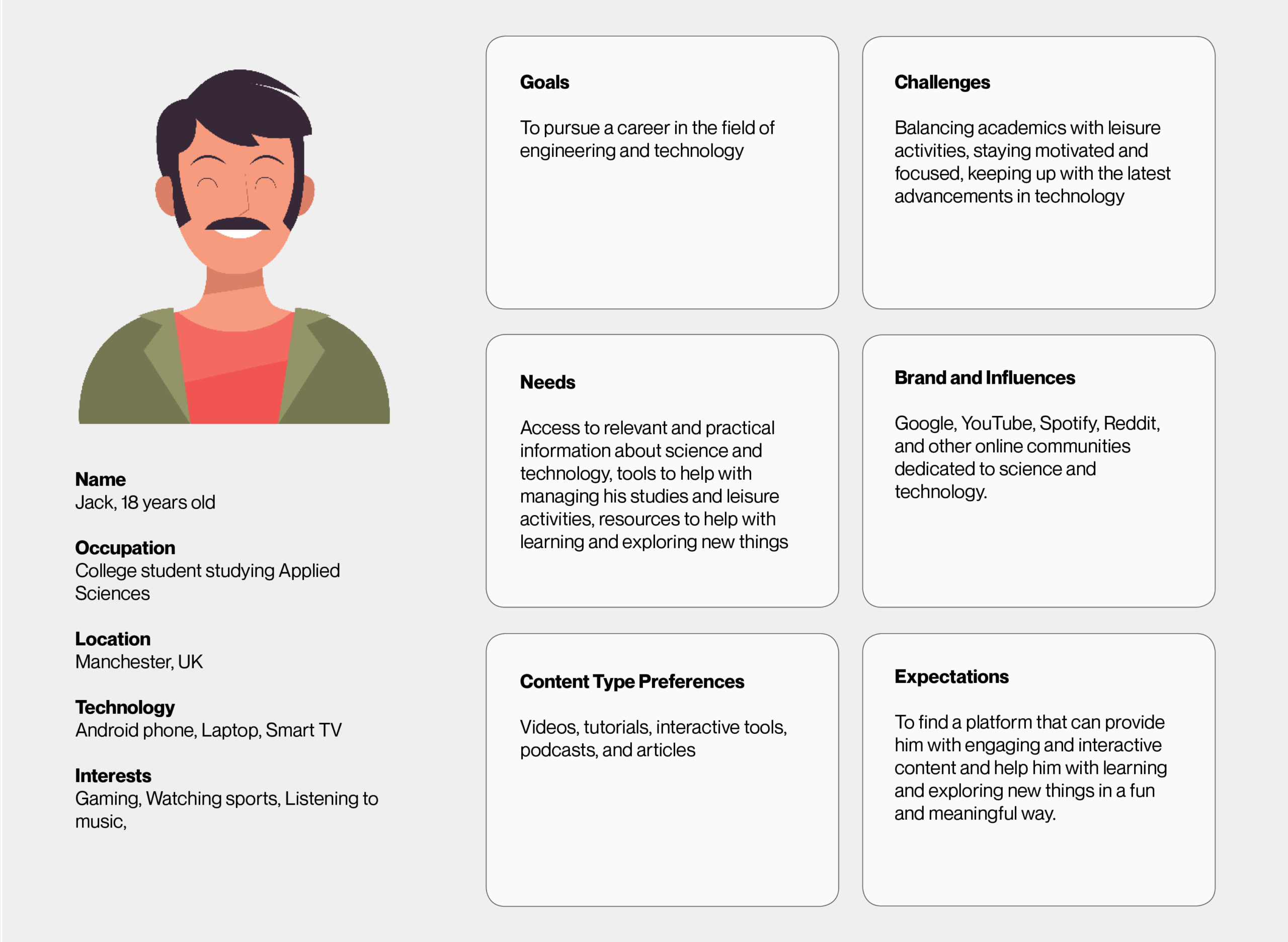
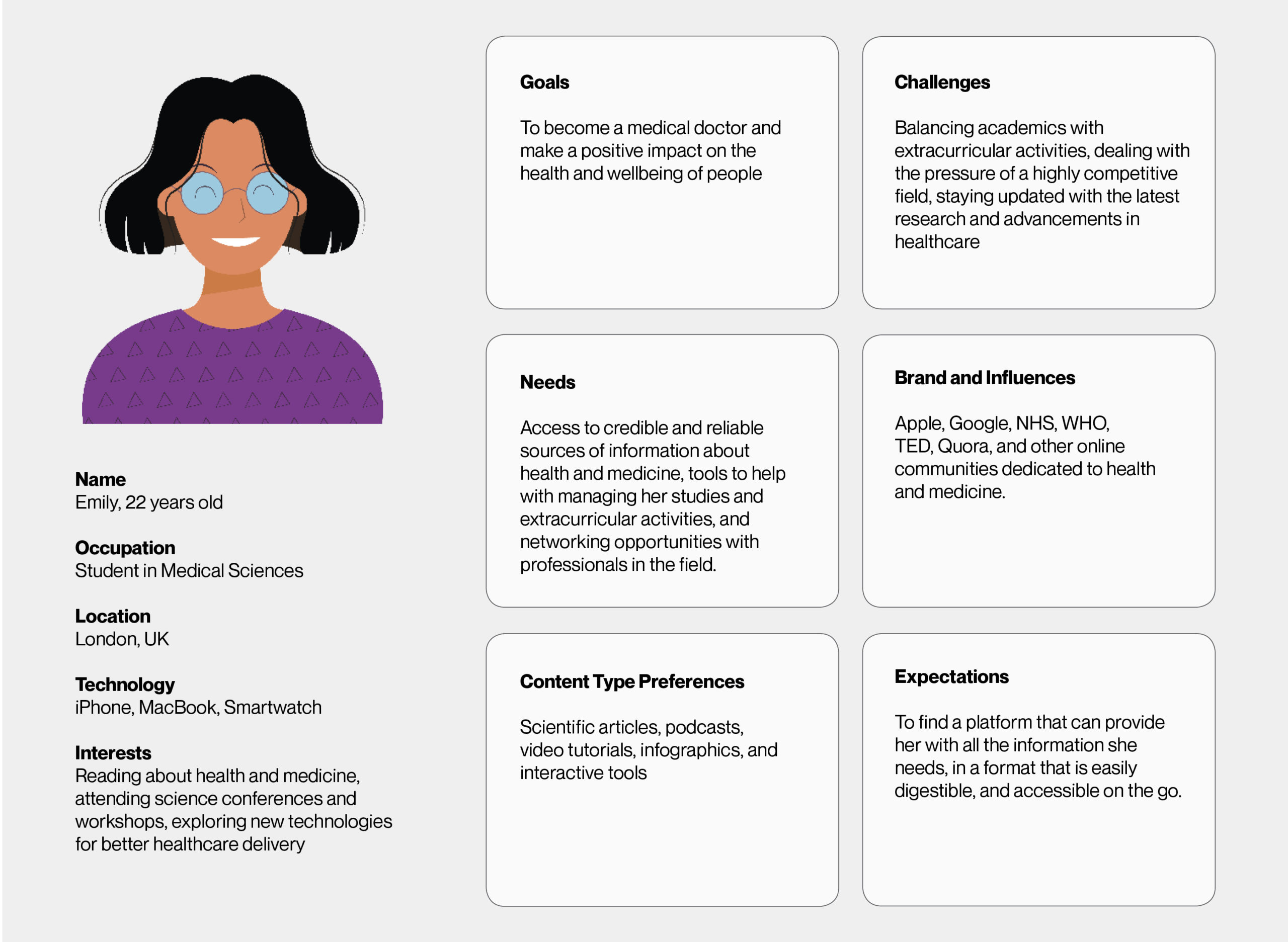
Fig. 3 : Visualisation of User Persona profiles.
Literature Review
The literature review was carried out to gain a comprehensive understanding of the mechanisms underlying misinformation in the healthcare sector. A thorough review of existing studies, articles, and research papers was conducted to identify the key factors that contribute to the spread of misinformation.

Fig. 5 : Literature review on misinformation in Healthcare.
Inspiration

Fig. 6 : Bandernatch game flowchart.
Bandersnatch
Inspiration was drawn from the popular video game, "Bandernatch,". The reason being its interactive and engaging gameplay, which emphasizes critical thinking and decision-making skills. The game's flowchart-like structure, allowing players to navigate and make informed decisions based on the information presented, was also found to be noteworthy."

Fig. 7 : Metahaven, The Sprawl's web page.
Metahaven
Metahaven, a design and research studio, served as an inspiration for the project due to their distinctive and imaginative approach to design and communication. Their emphasis on the convergence of design, technology, and politics and the goal of creating design solutions that challenge established power structures and encourage new thinking and action was particularly fascinating and relevant.
Ideation
A mind map was created to visualize and organize our design ideas as it allowed us to clearly see all our options. We eventually decided to pursue the tree of misinformation design, as it offered a visually appealing representation of how information can branch out and grow in complexity, reflecting the real-life network of information and allowing individuals to engage with the information and make informed decisions.

Fig. 8 : Design outcome's mindmap.
Synthesis
A design synthesis was performed in the form of a mindmap to identify the key characteristics of a design solution. It focused on defining the type of experience, mode of execution, environment, and purpose of the solution. Through this process, a comprehensive understanding of the desired design outcome was established, serving as a foundation for further development of the project.

Fig. 8 : Design outcome's mindmap.
Design Mockup
We designed an interactive experience for individuals to navigate through information and make decisions, via a series of prompts. The initial concept of a maze was revised to a branching tree of a person's thought process, based on options such as "agree," "disagree," and "not sure."
Participants walked through the dome of misinformation, potentially seeking guidance from various sources, including media, experts, family, and friends. The experience aimed to make participants reflect on their trust in vaccines and the current situation of mistrust in the topic.
Learnings:
- The binary aspect of the experience was challenged, emphasizing the intricacy and interconnection of truth and reality, much like the information network.
- The spatial aspect of the experience received positive feedback, with suggestions to emphasize its depth and encourage multiple concurrent users for a more impactful "conversation-stimulating" experience.
- The feedback also emphasized the need to focus on the most effective design medium and suggested refining the research and insights gained thus far.

Fig. 10: Tree of misinformation design's low fidelity execution.
Medium Exploration
As a team, we embarked on a material exploration journey and focused on working with air dry clay and thread as potential design mediums for the design outcome.
After experimenting with both materials, we found that thread was the most suitable for our design concept, due to its accessibility, familiarity, playfulness, and adaptability. We decided to utilize thread to track movements on both micro and macro scales in combination with paper, allowing us to visually represent the network of misinformation and its impact on decision making.

Fig. 11: Group exploration of airdry clay and thread.
Clickbait Study
The clickbait study method was used to understand the behaviors of the target audience, as it involves using attention-grabbing headlines or tactics to measure audience engagement and behavior towards a particular topic or issue.
This was a unique approach as it transferred the digital marketing concept of clickbait into a physical experiment. The method involved creating sensational headlines related to healthcare on toilet paper rolls and observing how people respond to certain types of information and to determine their willingness to click on or engage with it.
Learnings:
- The use of an unusual medium, such as toilet roll, was effective in grabbing people's attention and making them engage with the information provided.
- The linear format of the headlines displayed on the toilet roll, containing a singular flow of information, which was observed to be initially effective in maintaining people's attention, led to a decrease in interest around the halfway point of the headline.
- This experiment provided valuable insights into the physical disposition of the final experiment and the type of content that would be effective in capturing and maintaining people's attention, along with being engaging and educational.

Fig. 12 : Showcasing clickbait study's sensational news search and final look.
Role-play
Before the prototyping stage, we conducted a low-fidely role-play testing using toilet paper to understand the disposition of headlines, navigation tools and movements of the participants around the space.

Fig. 13 : Testing information network layout.
Storyboard
The storyboarding method was employed to visualize the final experience in low fidelity, allowing for the physical arrangement and interactions within the network to be defined and refined. The process facilitated a more concrete understanding of the user journey and interaction flow, offering a powerful tool for shaping the user experience.

Fig. 15 : Storyboard of the final experience.
Key directions
1. Change the network layout from circular to less structured
2. Design has to be dynamic, allowing for more spontaneous movements and interactions.
3. Prototype news headlines and create a chaotic but coherent structure
Prototype
Small blocks were later developed to define the perimeter of the experiment and serve as pinning points for the participant's journey through thread. The final testing resulted in a shift from a structured circular design to a less organized, chaotic format. The objective was to mirror the intricate essence of the information network and the disorder that may result from it.

Fig. 14 : Prototyping and testing wooden blocks.
Final Event
The final design for the misinformation around vaccines project was a 15-minute, physical and interactive experience held in a gallery at LCC.
Participants, who fit the target audience, were assigned a unique fabric piece to track their movements, interactions, and engagements in the information network. They were free to move and tie knots around blocks to indicate their engagement with the information they encountered.
The aim was to experience and visualise the spread of information and misinformation and the complex interplay between networks, relying solely on the people present within the network to fact-check information.


Fig. 16 : Information network layout viewed from top during the Final event, Participants movements and interactions during the final event.
Learnings
Through my work on the Misinformation project, I have learned the importance of collaboration and effective communication in achieving a shared vision. Working with a diverse team of experts allowed me to gain a deeper understanding of the complex issue and create a solution that was grounded in research and user feedback.
Future Directions
The outcome could also be enhanced with VR components that display the information network and additional resources for fact-checking, making it even more impactful informative experience in raising awareness around the topic.
Moreover, the project's design and research process can be used as a model for addressing similar complex issues. Additionally, the final exhibition and trial can be expanded and adapted for different contexts to raise awareness and encourage critical thinking about information consumption.
Learnings
The outcome revealed the significant impact of information distribution and peer influence on participants' movements and engagement with information. It showed how information fatigue can cause participants to trust sources without proper fact-checking, leading to the formation of clusters around certain areas of the network. This highlights the importance of critical thinking and fact-checking in decision-making when faced with misinformation.
Applications
The design outcome could be a valuable tool for Chatham House to educate and raise awareness about misinformation in healthcare.
It provides a hands-on way of illustrating the spread of information, both accurate and false, emphasizing the significance of fact-checking and critical thinking.
The outcome could also be enhanced with VR components that display the information network and additional resources for fact-checking, making it even more impactful informative experience. in raising awareness around the topic.